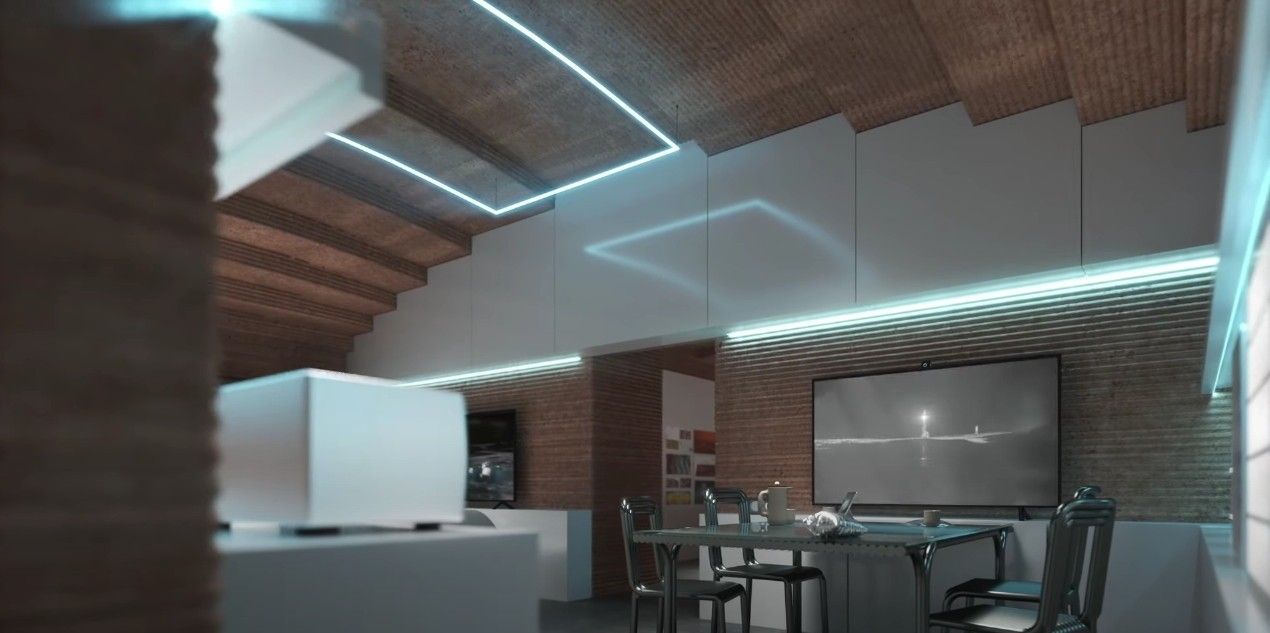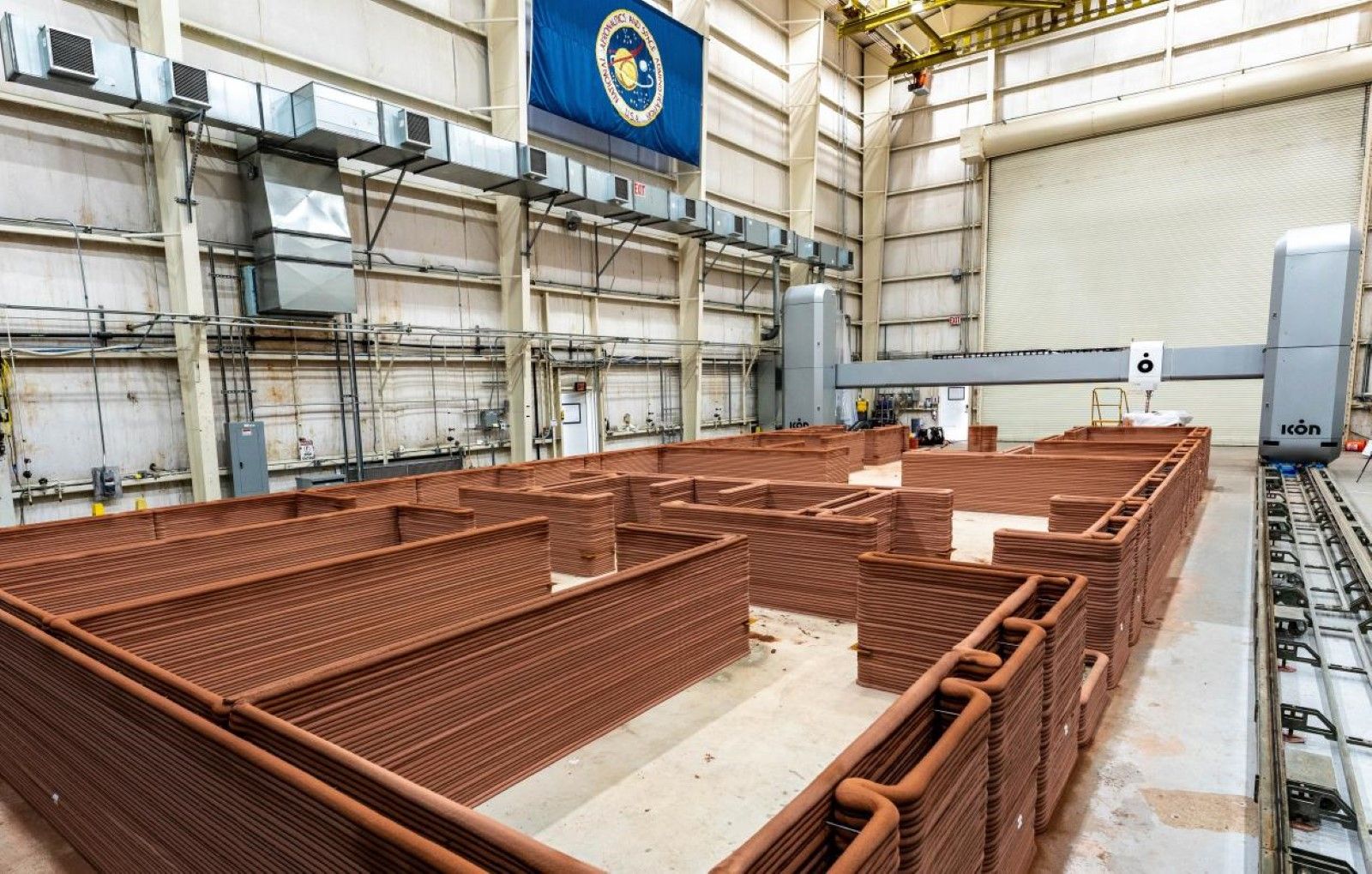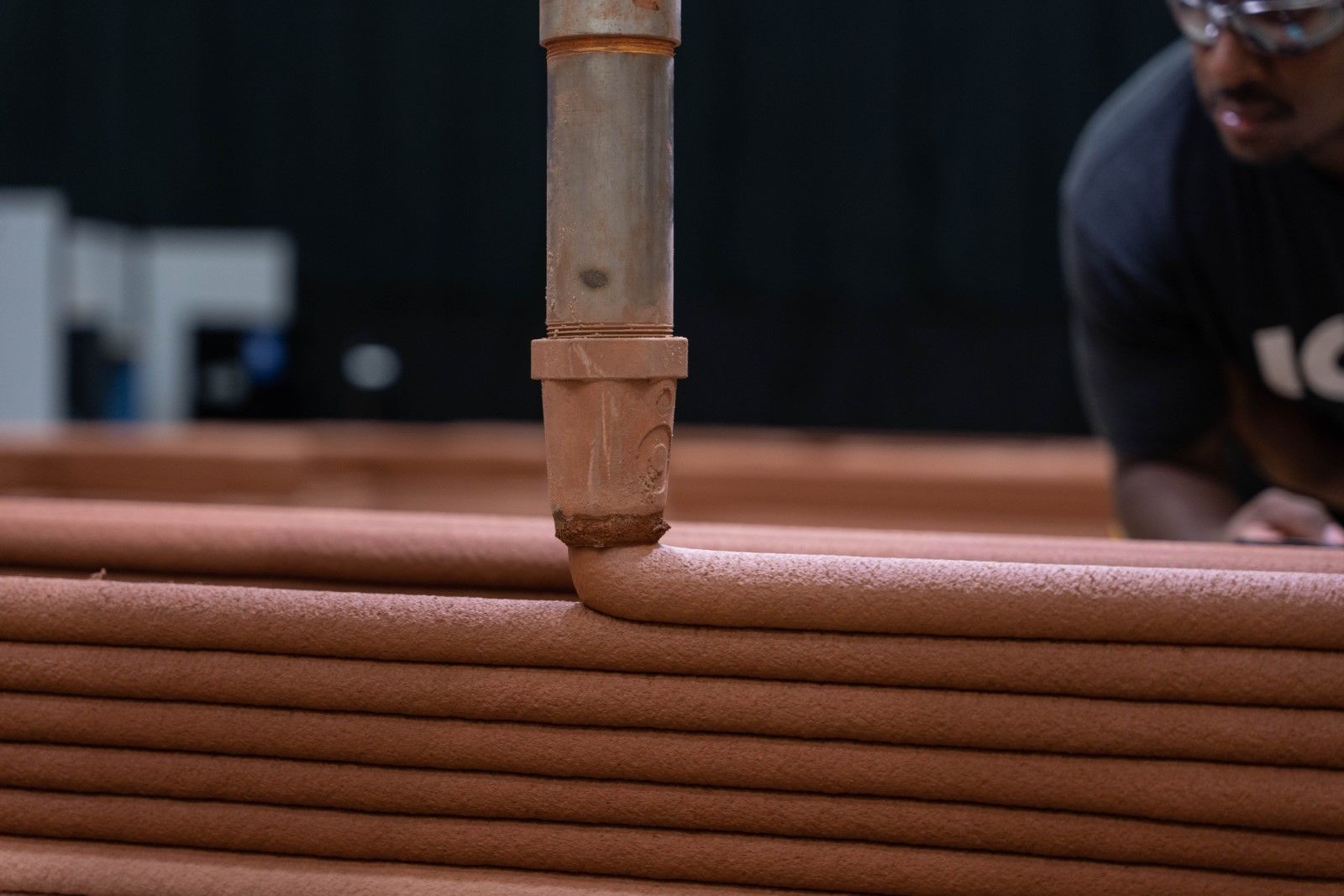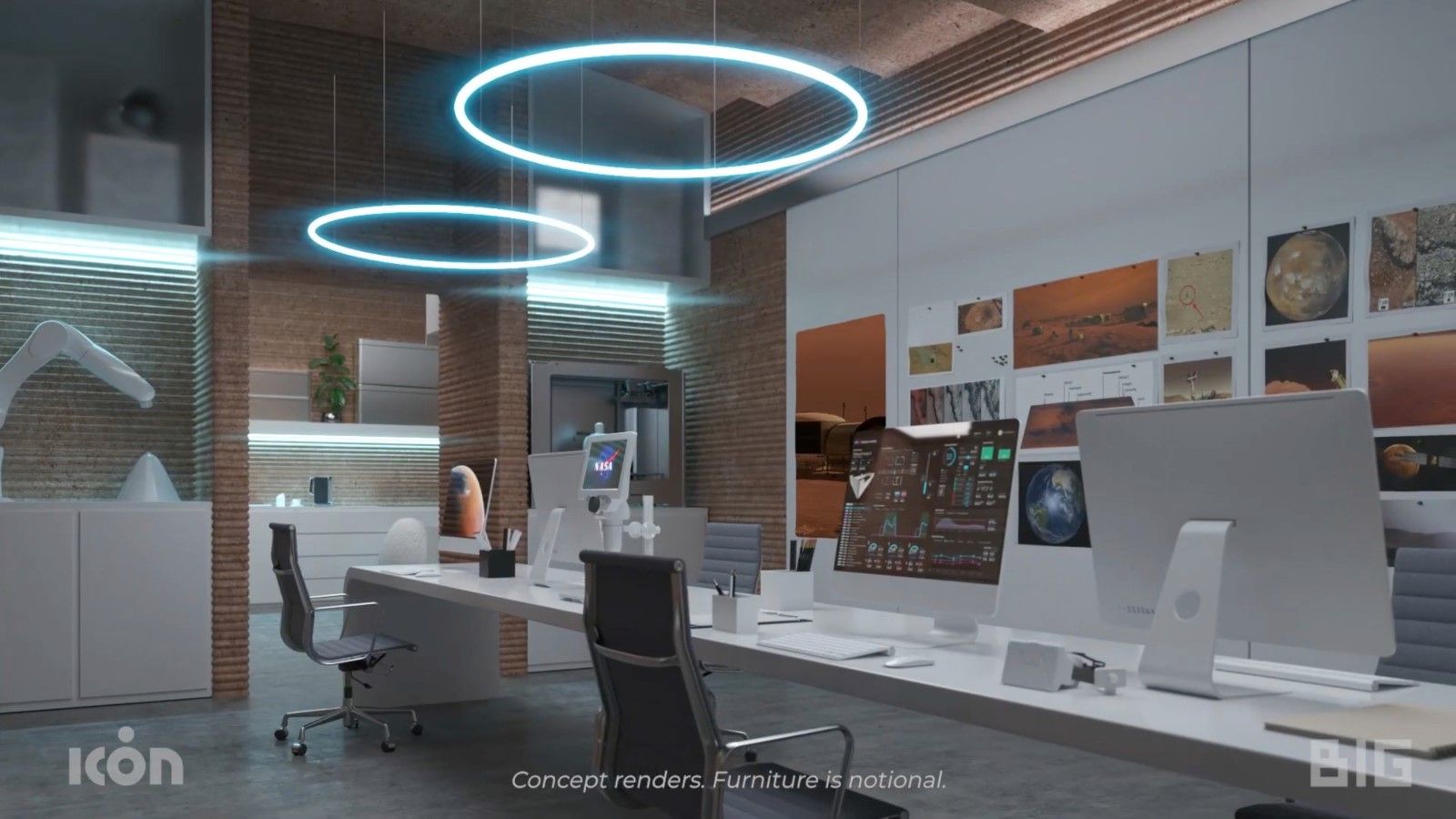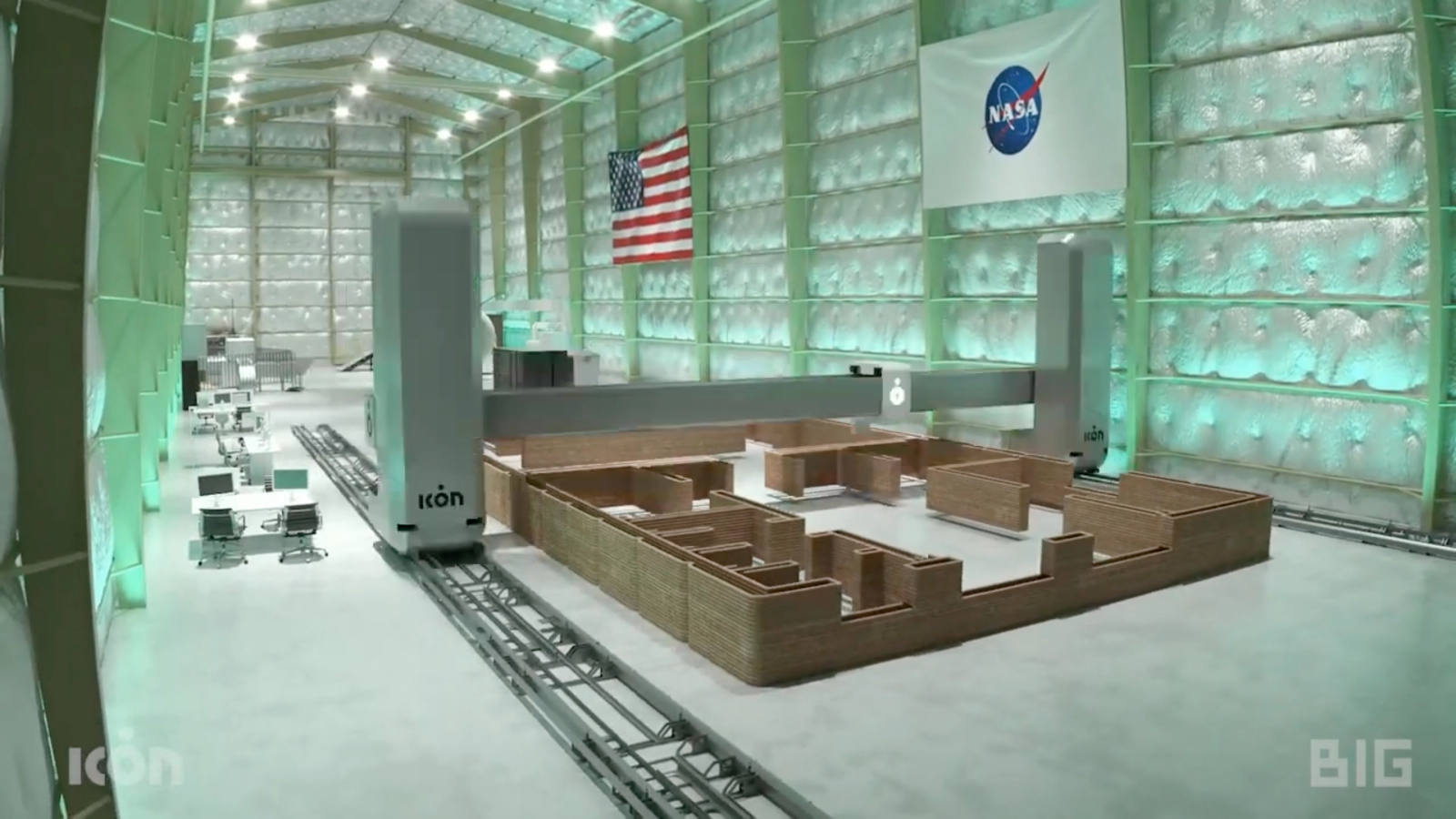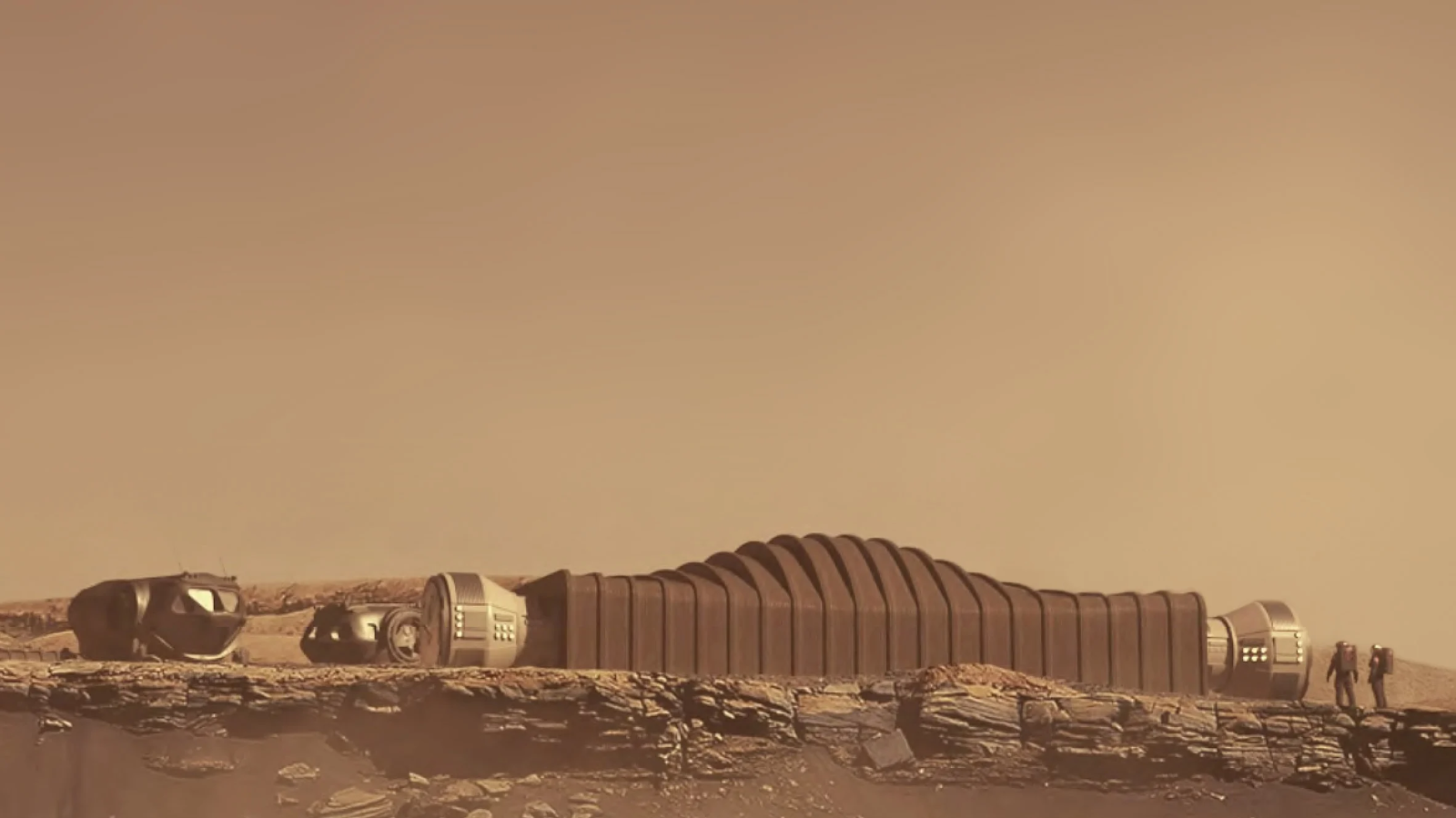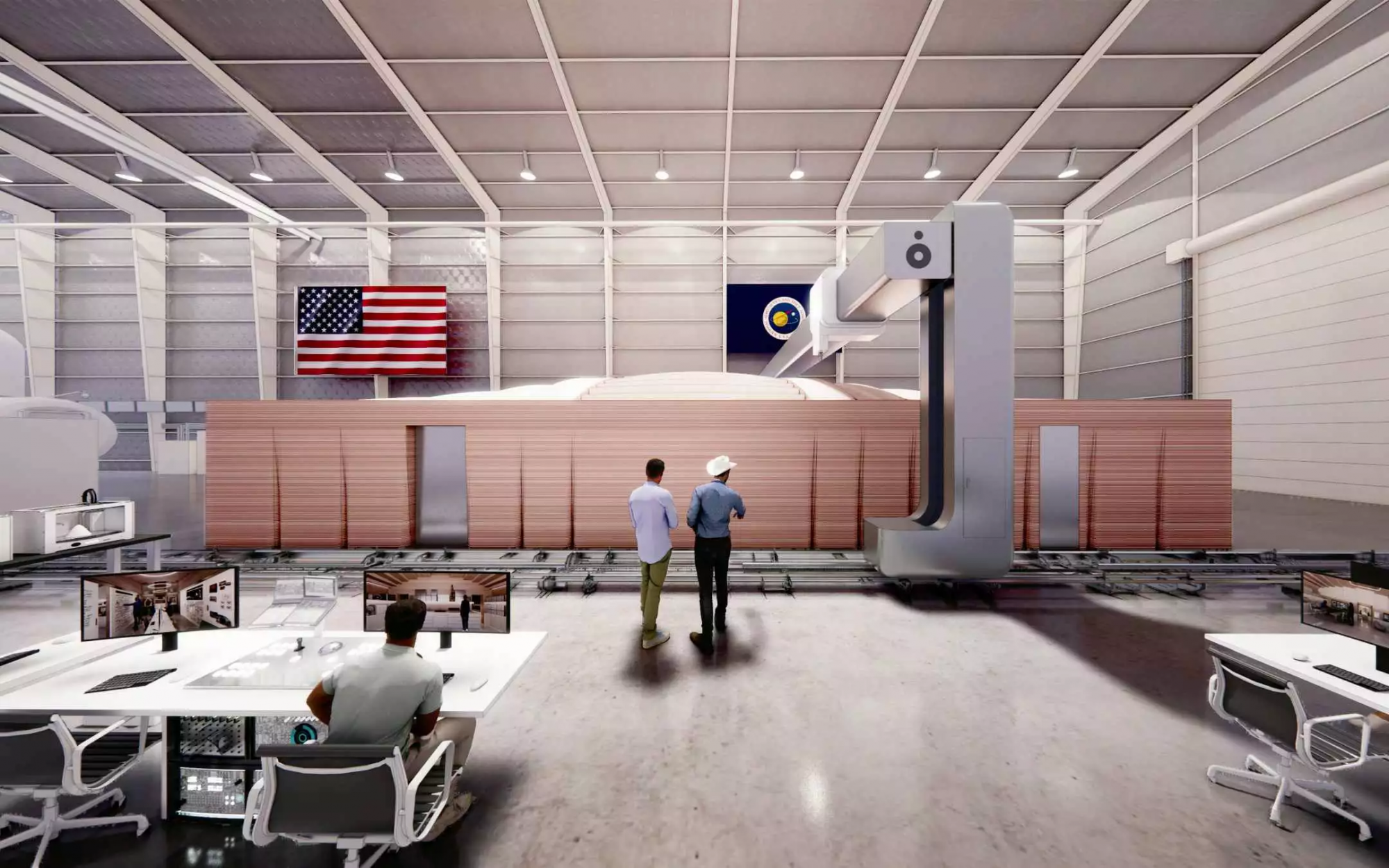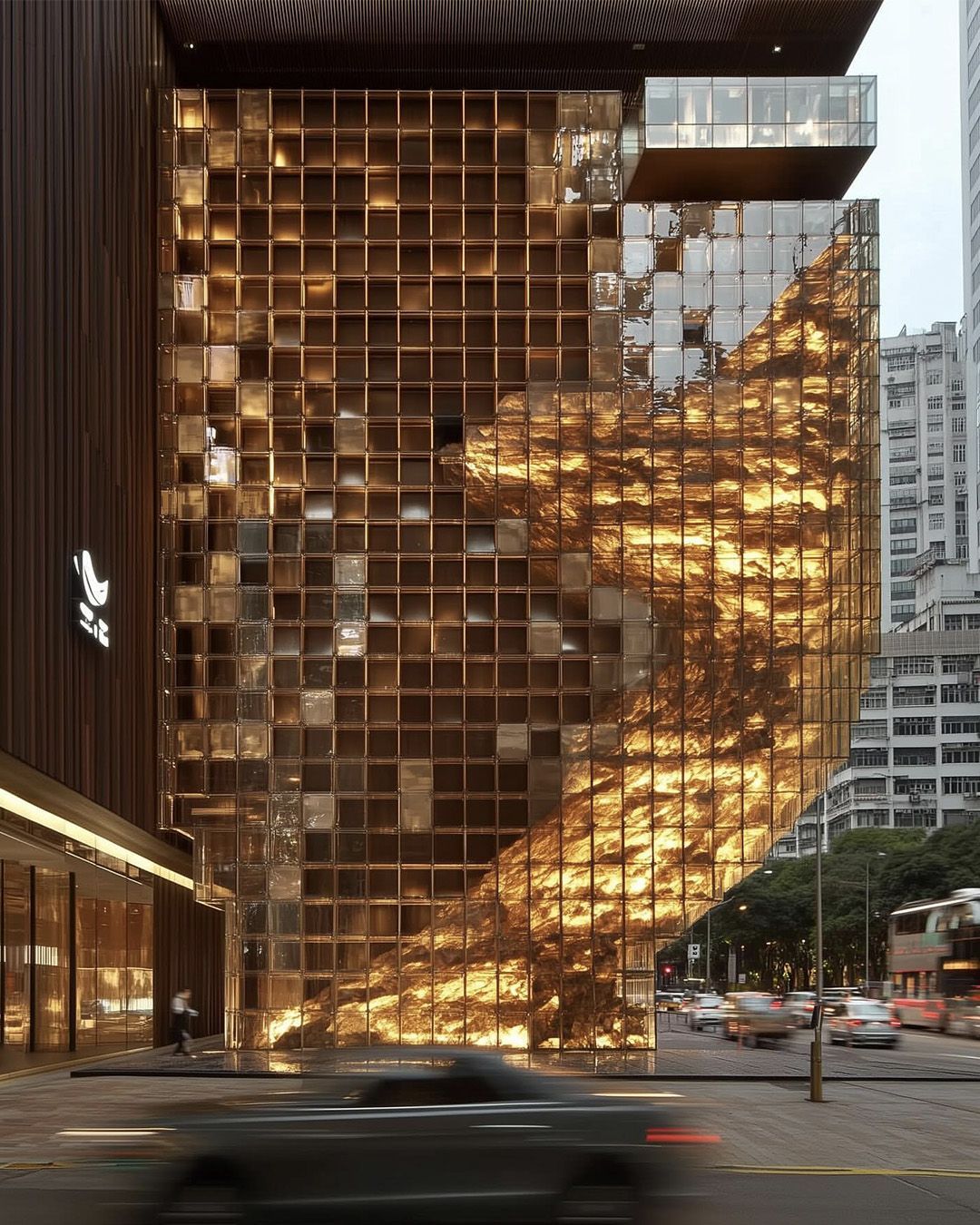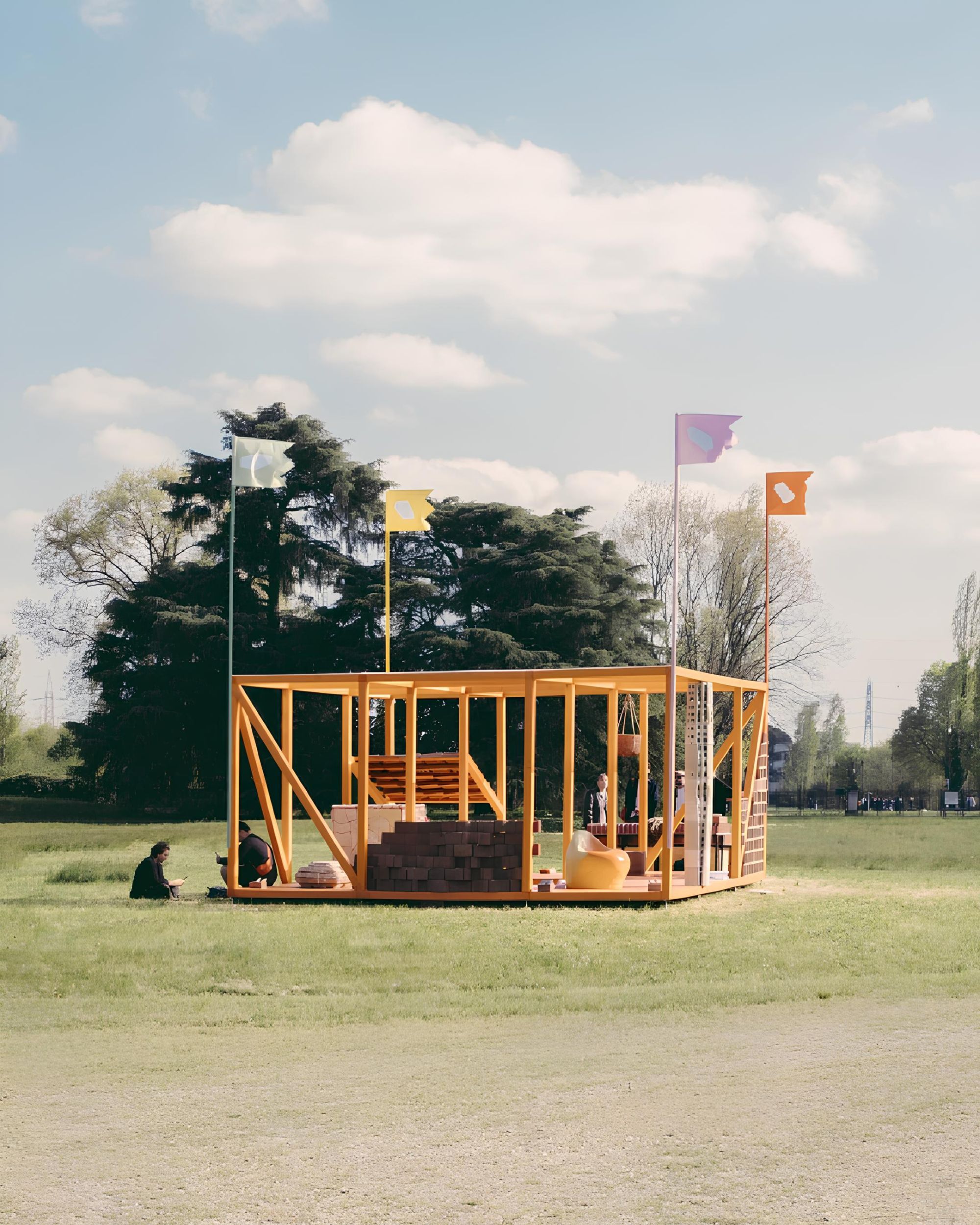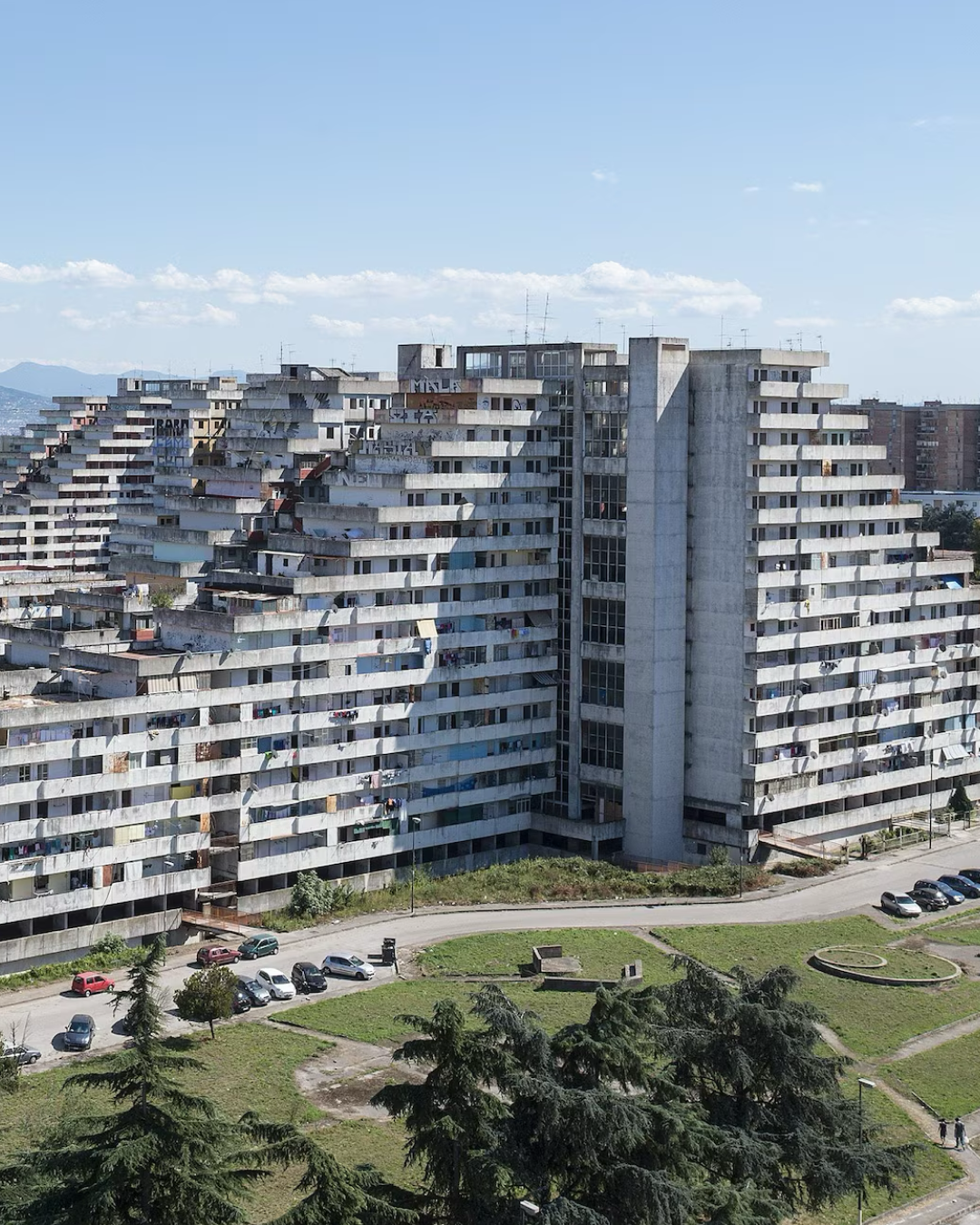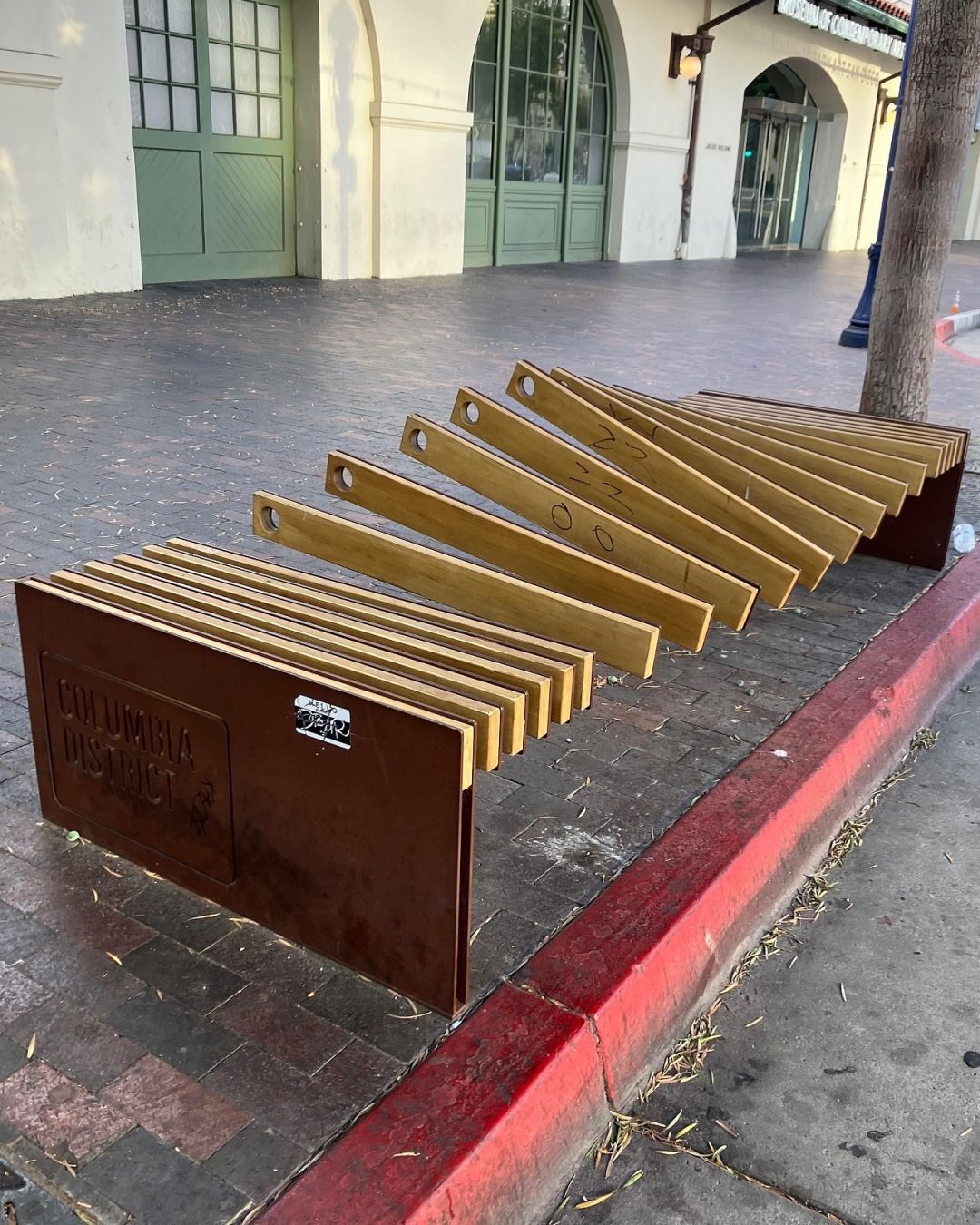
NASA has 3D printed an apartment for astronauts on Mars It's called Mars Dune Alpha and was designed by the Bjarke Ingels Group
NASA is preparing for the first expedition to Mars and has already begun recruiting volunteers for a year-long simulation to be held at the Johnson Space Center in Houston, Texas. The selected volunteers will have to live for the entire duration of the simulation in Mars Dune Alpha, the artificial habitat closest to replicating the living conditions on the red planet ever built. To sign the project of the residence is the studio Bjarke Ingels Group, famous for having built the housing projects of Ørestad in Denmark, which is also building the simulation of a possible Martian city in the Desert of Dubai.
Mars Dune Alpha is spread over just over 150 square meters structured to relieve the stress that astronauts could experience during very long periods of isolation. Unlike classic astronaut housing, for example, Mars Dune Alpha residents will have private personal rooms they can customize and two bathrooms instead of just one.
The entire structure was 3D printed by Texas tech company ICON — a technology that will be the same one used to build the actual residence on the surface of Mars. The configuration of spaces and technology, according to Bjarke Ingels, «will potentially lay the foundation for a new Martian [architecture] vernacular […] will take us one step closer to becoming a multi-planetary species».
Mars Dune Alpha will also own a hydroponic indoor garden for growing indoor plants and vegetables, a gym, a medical room and various areas to relax and work. But as usual the most interesting aspects are hidden from view: the entire ambience of the house, and therefore sounds, light and temperature, are adjustable and programmable to follow the circadian rhythm of the astronauts, as well as the ceiling that can rise or fall to change the visual volumes of the environments.










































